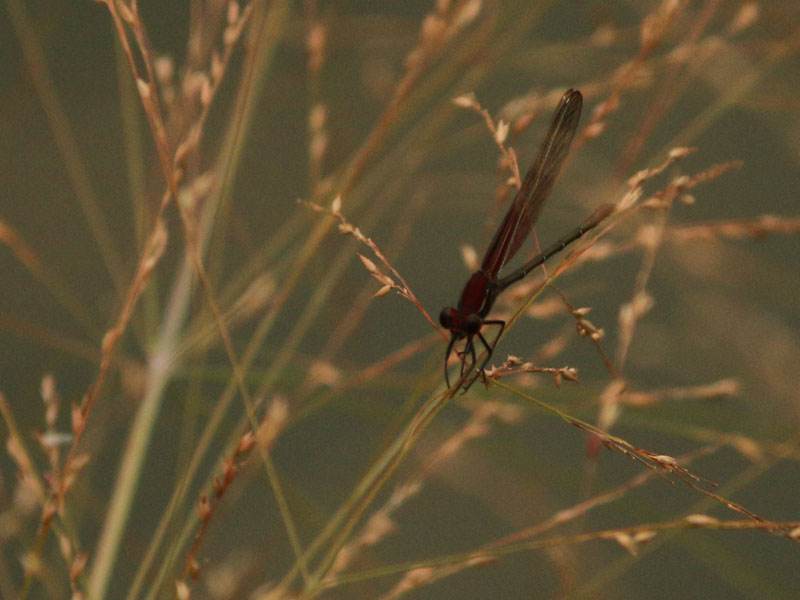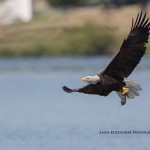October 23, 2014 – Lewisville, Texas
I found the Elm Fork of the Trinity River in an odd state when I stopped by the Lewisville Lake Environmental Learning Area (LLELA) last week. The Corps of Engineers had closed the spillway coming out of Lewisville Lake in order to perform some routine maintenance, effectively cutting off the flow of water into the river.
Yes, you read that right—they TURNED OFF the Trinity River at the spout! Just like turning off a faucet.
As you might imagine, this created a very unusual situation—especially for the mile or so of river immediately south of the spillway. The Trinity River is such a slow flowing river—in some places it is barely more than a long narrow lake—that it would take some time before the effects of shutting off the tap would be felt further down stream.
I was eager to see how this new and unexpected development would affect the area’s wildlife, and it didn’t take long before I made my first discovery. A pair of Great Blue Herons were busy catching small fish as they were swept out of the spillway in the last trickle of water flow. One bird was even standing right in the mouth of the spillway as he fished.


Here is a brief video showing how the spillway looks when operating normally:
Just below the spillway, a group of four Neotropic Cormorants was swimming and feeding. There were two adults and two juveniles. The adults were still sporting their breeding plumage as is evidenced by the tuffs of white feathers on the sides of their heads. I have not noticed cormorants in their breeding plumage before, so this was a novel find for me.


the tuffs of white feathers showing on the sides of their heads.


It was also interesting to see the exposed riverbed in the places where the water had drained away. Along this part of the Elm Fork the base is composed of large flat sections of sandstone. The water that remained was just inches deep in places, and a number of large fish had trapped as the river receded. Stranded, these fish soon expired, creating an irresistible draw for many of the area’s resident scavengers.



Black Vultures by the dozens soon appeared on site and began feeding on the remains of the deceased fish. Groups of the big black birds formed up here and there on the river as they gathered around to partake of the surprise banquet.












A little further downstream—in the first place that was still holding water of a significant depth—I found a school of a hundred or more Common Carp frustrated in their attempt to swim further up the river. Most of these large fish were easily approaching 30 inches in length.
In their midst you could occasionally spot a vividly colored Spotted Gar or Largemouth Bass. A few Spiny Softshell Turtles and Red-eared sliders made appearances as well. It was really remarkable to watch this parade of fresh water wildlife as its circled around and around in the temporarily isolated pool of water.





Since I was in the area anyways, I decided to continue on a little further and visit a small lake that had dried up about a year ago due to the extended drought. The lake had gone dry just days before I reached for the first time in August of 2013. Roughly a month later the entire lake bed was covered in a thick growth of Partridge Peas.
I stop by this spot from time to time just to see how things are progressing. As you can see from the pictures below, the Partridge Peas are long gone, and the long dry lake bed is now dominated by the pink blossoms of the smartweed plant.
This has been an unusual drought. We’ve been getting enough rain to keep our wild vegetation lush and green, but not nearly enough to refill our rapidly emptying lakes. I’m not sure what it will take to refill this small lake—possibly an over-banking of the river itself.








